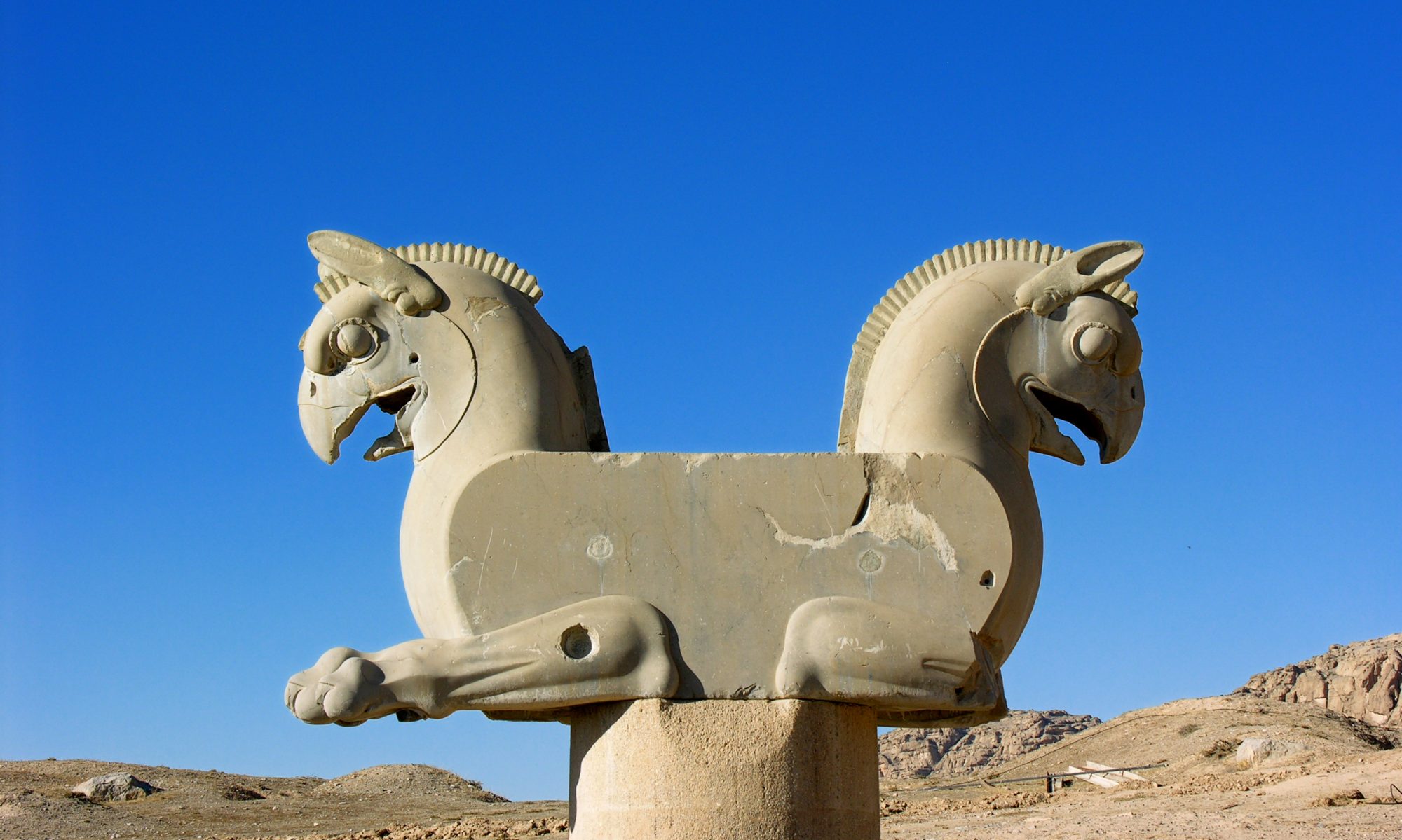By Melanie Groß
In mid-November 2017, when the sky over Leiden was grey and draped with clouds, I was given the opportunity to cross the big pond for a three week work and study trip. I visited some major cities on the east coast of the United States, which all had been founded in the early 17th century by European immigrants.
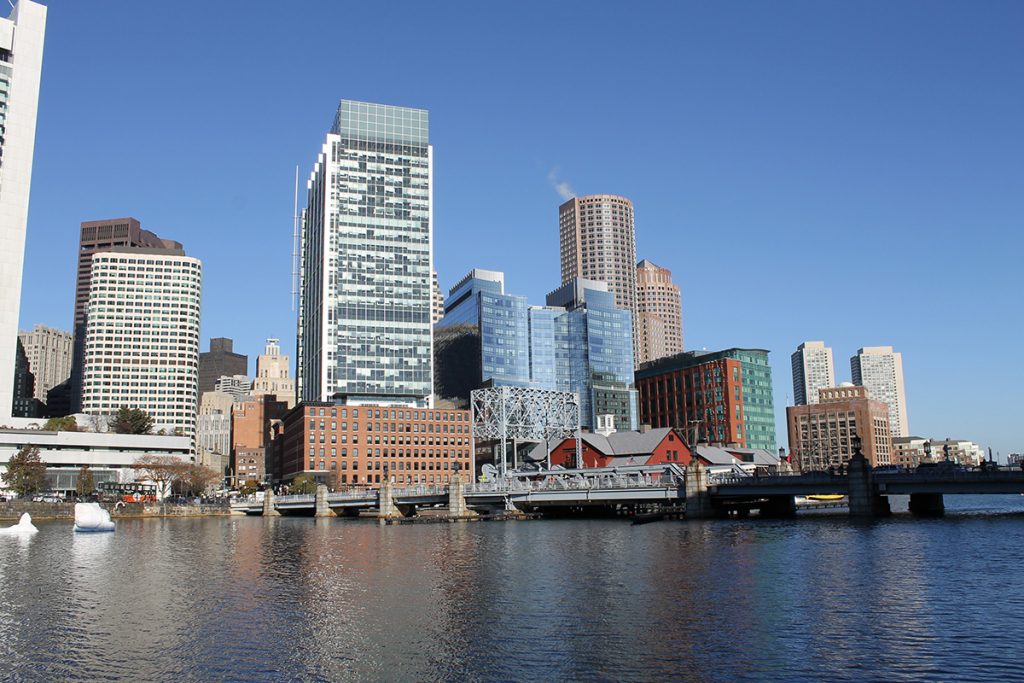
Boston, Massachusetts – A hotel full of scholars
My first station was the Westin Boston Waterfront Hotel in Boston, Massachusetts. There the Annual Meeting of the American Schools of Oriental Research (ASOR) took place over four days (15–18 November). The event, which was the biggest of its kind ever, was opened in the evening of 15 November by the thought-provoking plenary address of Irene Winter reflecting on Archaeology, Object History and Art History. The following three days were packed with sessions from among which more than ten were held at the same time. The majority of the lectures in these sessions were related to Middle Eastern archaeology, ranging from the Neolithic period to Late Antiquity and the Middle Ages, and dealt especially with the Mediterranean and Levantine region and the Kurdish Autonomous Region in Northern Iraq, which in recent years has become one of the most attractive areas for Middle Eastern excavation campaigns.
Scholars presented current excavation projects and their findings including such gained from the application of ancillary archaeological disciplines like Archaeobotany and Zooarchaeology and of scientific examination methods including geological and biochemical analyses. Also the use and results of online and digital technologies including Geographic Information Systems (GIS) software and 3D modelling software were demonstrated in several lectures. In this regard I should mention in particular the multifaceted initiative CRANE (Computational Research on the Ancient Near East) whose activities were presented by several scholars. Moreover, important discussions were conducted in connection with Cultural Heritage Management and Cultural Diplomacy.
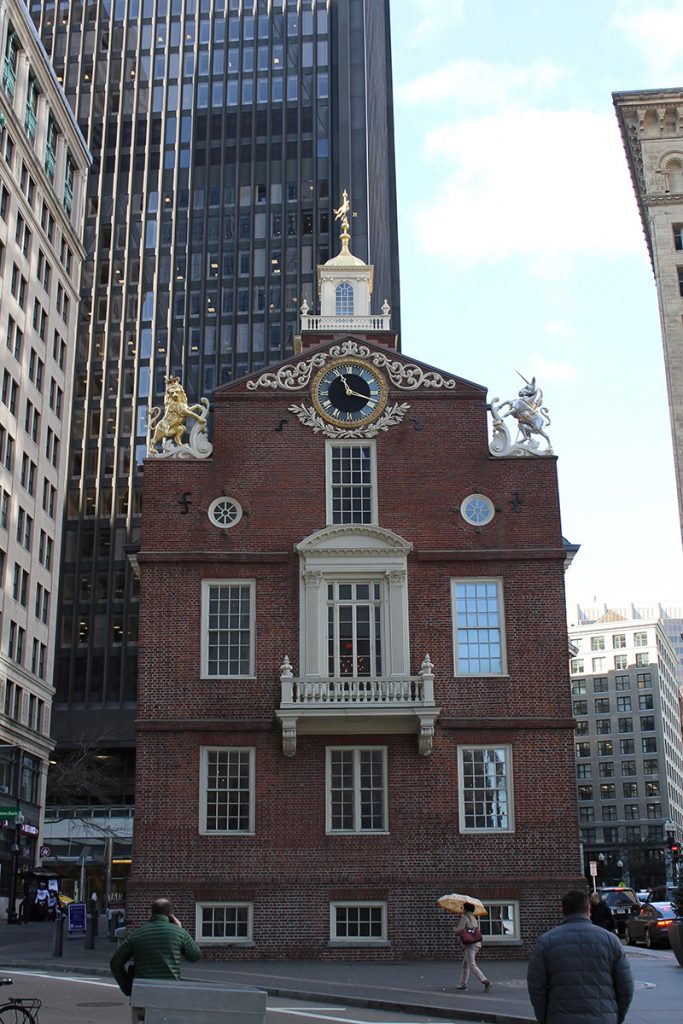
A number of sessions were dedicated to special topics such as “Houses and Households”, “Feasting and Foodways”, “Senses and Sensibility” and “Seals, Sealing Practices and Administration”. These topics were addressed not only by archaeologists but also discussed from a historical point of view and on the basis of the textual sources. Also in the very inspiring workshop “Mesopotamian Civilizations: The Economic Scope of Institutional Households”, organised by Claudia Glatz, Jacob Lauinger and Piotr Michalowski, both archaeologists and philologists gave lectures about economic aspects of state institutions of periods such as Ur III and Middle Babylonian. It was in this context that I was given the opportunity to talk about the “Workforce of the Palace and Temple Institutions in the Neo-Assyrian Empire” as it appears in the palace documentation from Nineveh. Together with Ben Haring and Miriam Müller, I was one out of three people who represented the Institute of Area Studies (LIAS) of Leiden University.
Also from among the papers focussing on textual sources, several dealt with the application of digital technology and addressed methods such as text imaging, palaeography and semantic analysis in the spirit of Digital Humanities. Highly interesting was the presentation of Katrien De Graef about the “Prosopography of Old Babylonian Sippar” (SiProsOB), a relational database, which was established on the basis of more than 8,500 texts at Ghent University. Another fascinating talk given by Adam Anderson dealt with the application of network analysis in order to establish relations between c. 5,000 unprovenanced Old Assyrian texts. Both lectures were particularly interesting also in connection with the Leiden project “Persia and Babylonia” and the establishment of the database “Prosopography of Babylonia”.
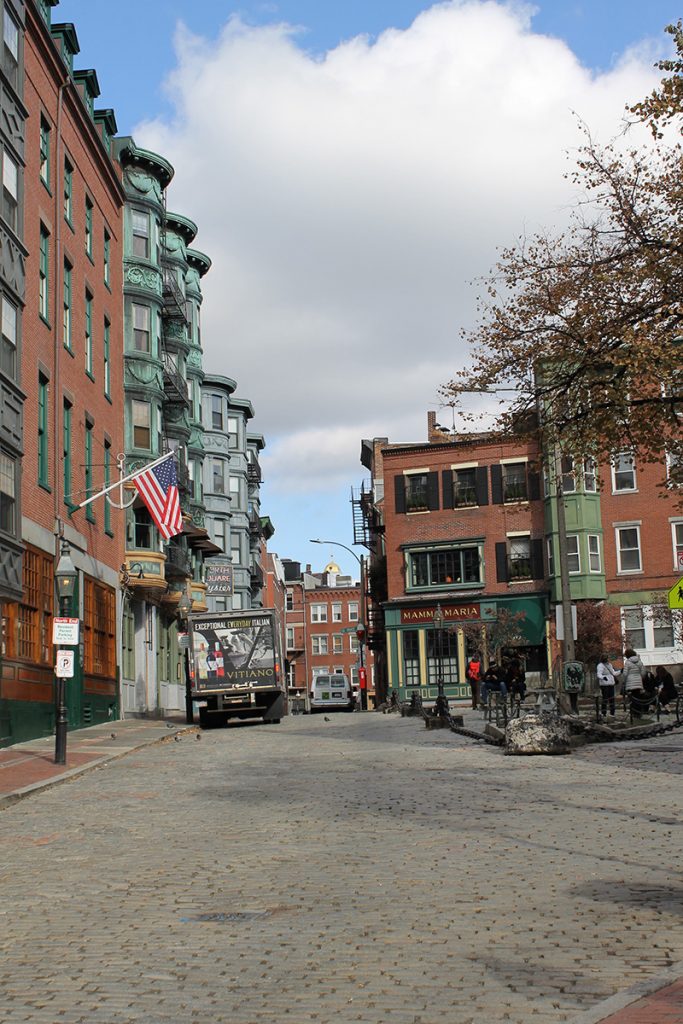
Several special meetings and receptions, including the Welcome Reception on Wednesday evening and the Harvard Museum Reception on Saturday evening, accompanied the intensive ASOR Conference program. On these occasions the conference participants could meet and get acquainted with each other and have a chat about current research projects and future collaborations over a glass of wine. Furthermore, the coffee breaks and lunch breaks provided the opportunity to stroll around between the poster presentations and browse recently published books presented at the publishers’ desks.
Before the conference had started off, I actually had the opportunity to visit the city of Boston. I explored the city on a cloudless day by walking the Freedom Trail. Along this trail one meets several historical sites and buildings and learns quite a lot about the American Revolution and key events such as the Boston Massacre and the Boston Tea Party. I visited the Old State House, which had been the seat of the provincial governor of the British Empire before America’s independence – a scenario which reminded me of the Persian governor controlling the satrapy of Babylonia, walked through the old neighbourhood of the North End, which had received its typical flair from Italian immigrants, and climbed the former battle field Bunker Hill. Boston also has a Museum of Fine Arts, which houses an Ancient Near Eastern collection where you can look at Neo-Assyrian reliefs from Kalhu (Nimrud) and panels of the Ištar Gate from Babylon.
New Haven, Connecticut – A small city and a big University campus
On Sunday, 19 November, I took the train and continued my trip along the east coast southwards. My next destination was New Haven, Connecticut, and the Yale Babylonian Collection. After my arrival I took a walk through the city and soon ended up strolling around the huge and impressive Yale University campus, which is dominated by Neo-Gothic buildings.
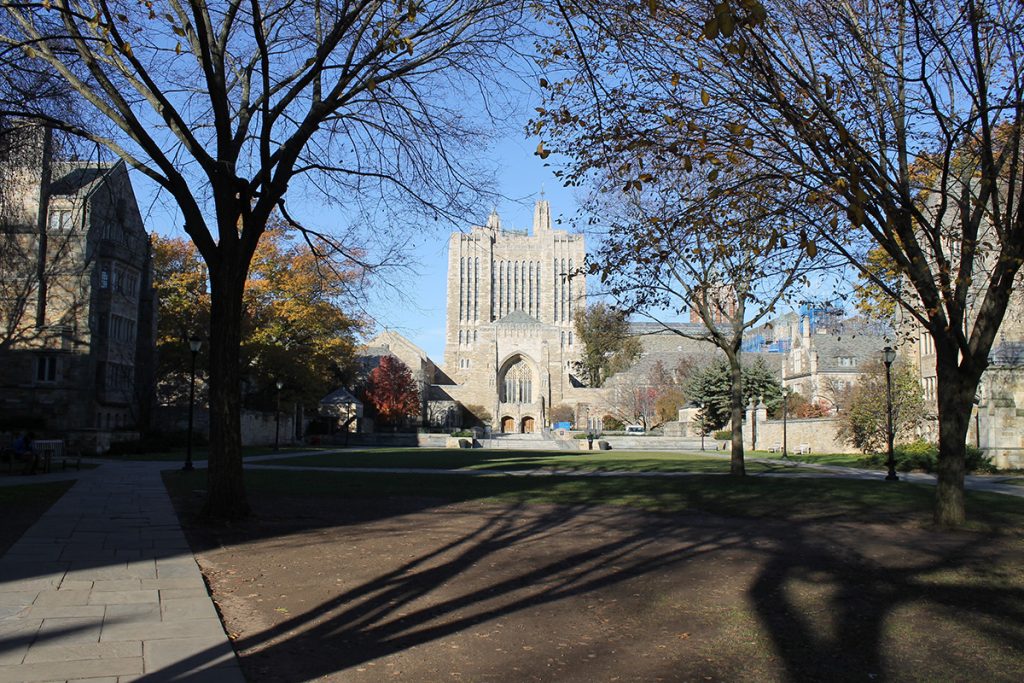
The next three days, 20–22 November, I spent my time in the Yale Babylonian Collection to study and take pictures of archival documents originating from 1st millennium Sippar in Babylonia. Founded by its first curator Albert T. Clay in 1911, the Yale Babylonian Collection is located in the Sterling Memorial Library since 1925 and houses more than 45.000 objects, mainly cuneiform tablets of all different text genres and from all different periods. Throughout my visit to the collection its current associate curator Agnete Wisti Lassen and Klaus Wagensonner provided me with advice and support and never grew tired to quickly find some other tablets for me. I experienced a very welcoming and relaxed atmosphere, which made me work at ease. The days passed by quickly and before I knew it I stood at New Haven’s train station again. It was Thursday morning or, more explicitly, the morning of Thanksgiving, one of the major national holidays in America.
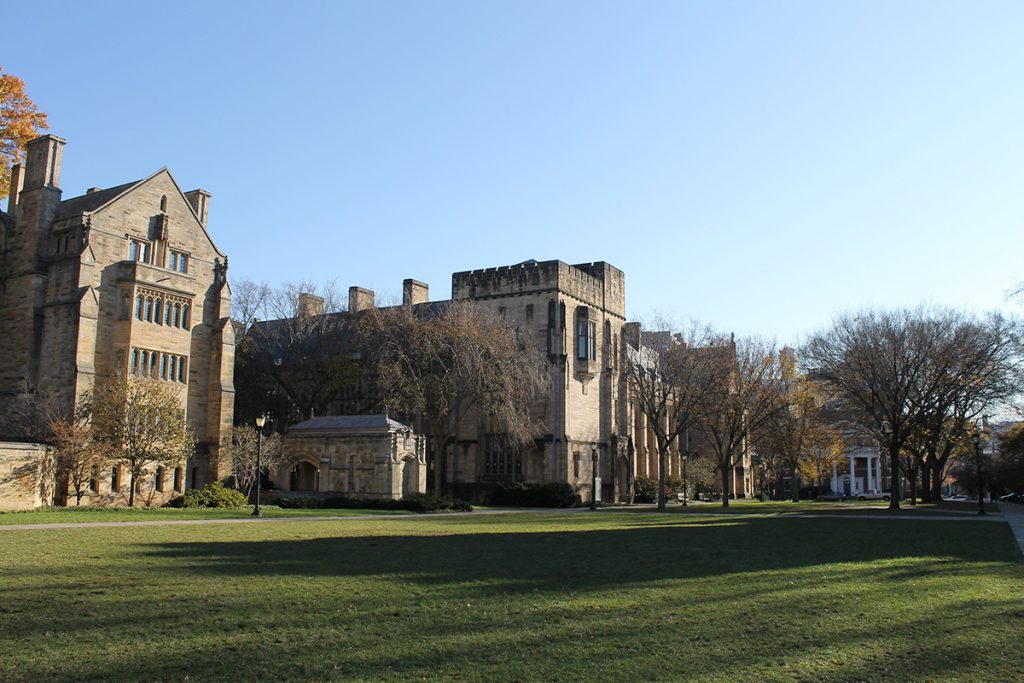
New York City – A quiet day and big crowds
I was about to travel to New York City. Already at the station in New Haven, which seemed unusually quiet, I assumed that everyone was staying with family and friends. After having arrived at my accommodation in Williamsburg, Brooklyn, and after a walk through downtown Manhattan, I realised that this must be the most extraordinary day of the entire year in this country and especially in this major city. Well-known for its vibrancy, many parts of the city were deserted except perhaps from midtown Manhattan where the Macy’s Thanksgiving Day Parade had taken place in the morning hours. I visited a few tourist attractions such as the Highline, an aerial greenway on the West Side of Manhattan, and the 9/11 Memorial, which in contrast to many other attractions were not closed on this special day. In the evening I luckily met a friend with whom I indulged in a traditional Thanksgiving dinner and let the evening fade away somewhere in Soho.
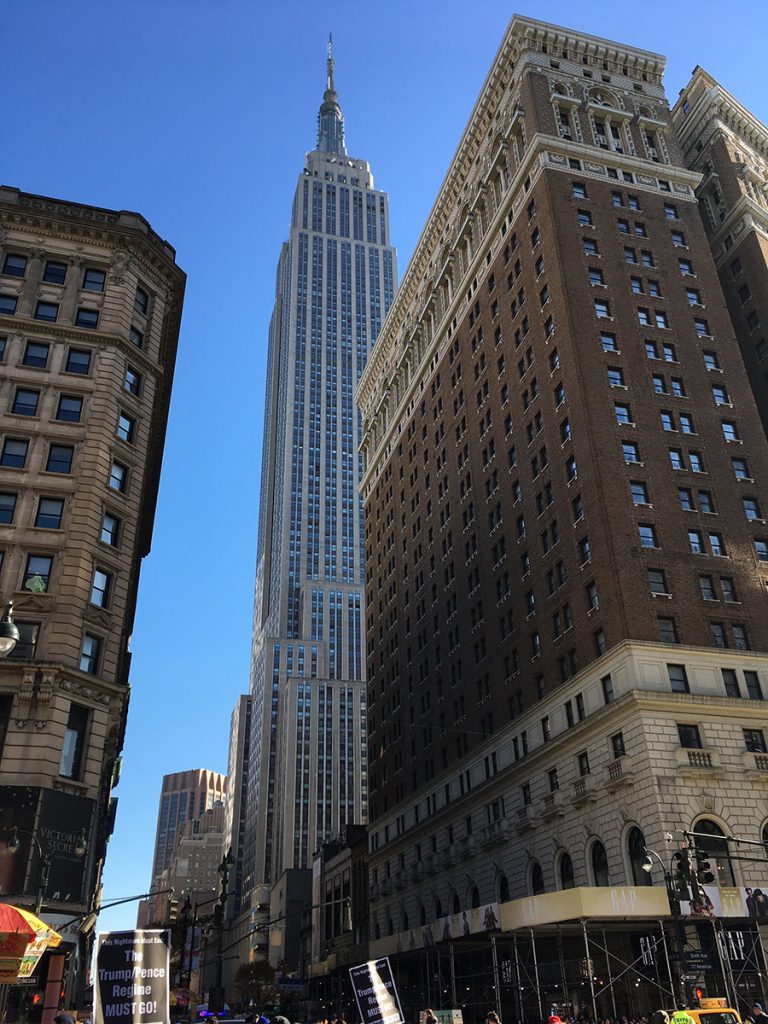
After the stillness follows the storm. The storm came soon – what followed was Black Friday. Masses of people filled the underground trains, flowed through the shopping streets and were queuing at attractions. Less surprisingly, tourist magnets such as the Broadway, the Grand Central Terminal and the Rockefeller Centre were crowded with people. After a while I left all this behind and headed for a museum by no means I did want to miss. After I had gotten some fresh air in New York’s green lung Central Park, I went straight to the Metropolitan Museum of Art. I was pleased as punch and could not get rid of a permanent grin while seeing the Ancient Near Eastern Art collection but also other collections including those of Egyptian Art and of Greek and Roman Art. I stayed until the bitter end – that is, until closing time at 9.00 PM – in order to try to read cuneiform royal inscriptions through the vitrine glass, to look into the eyes of the Greek historian Herodotus and to enter the Roman Temple of Dendur like a priestess of Isis.
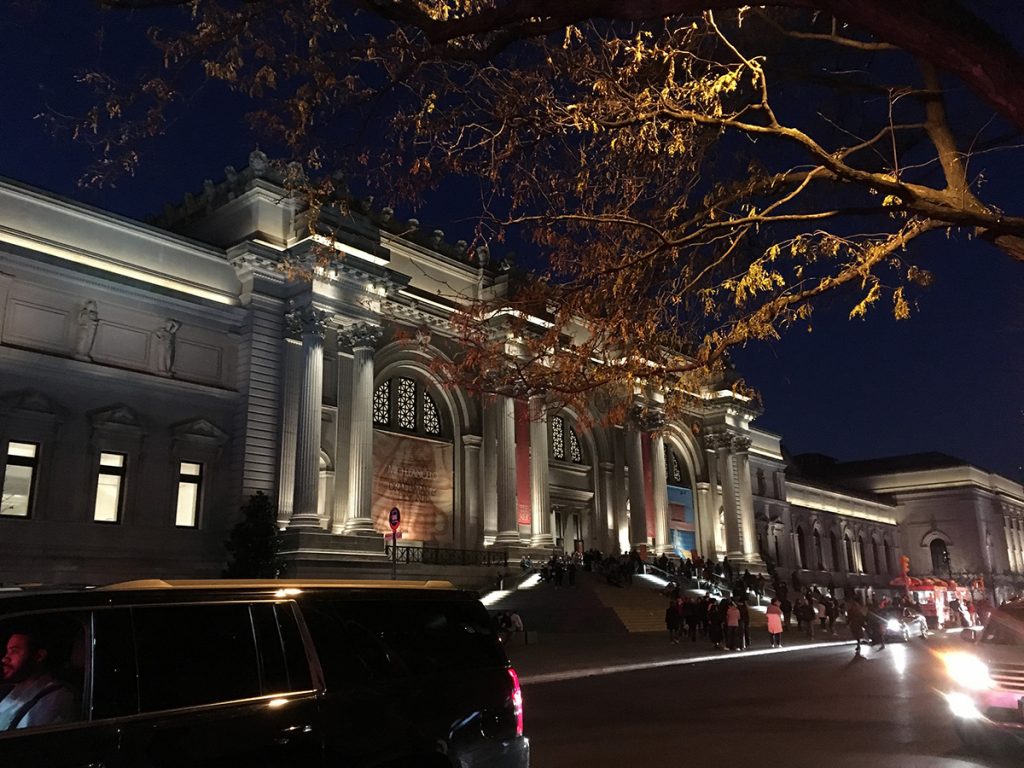
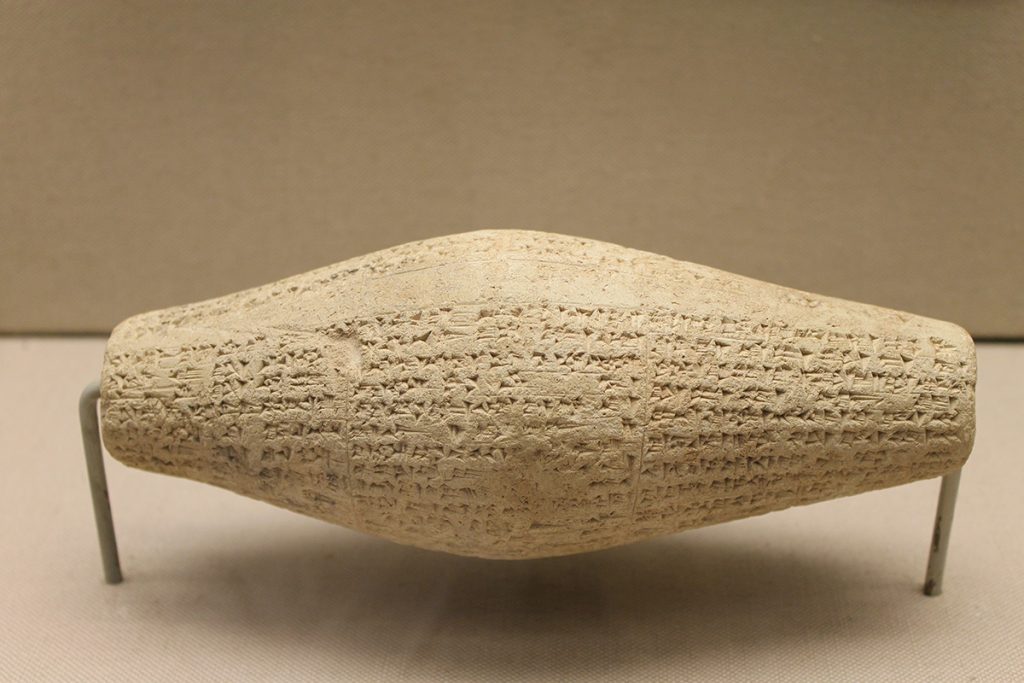
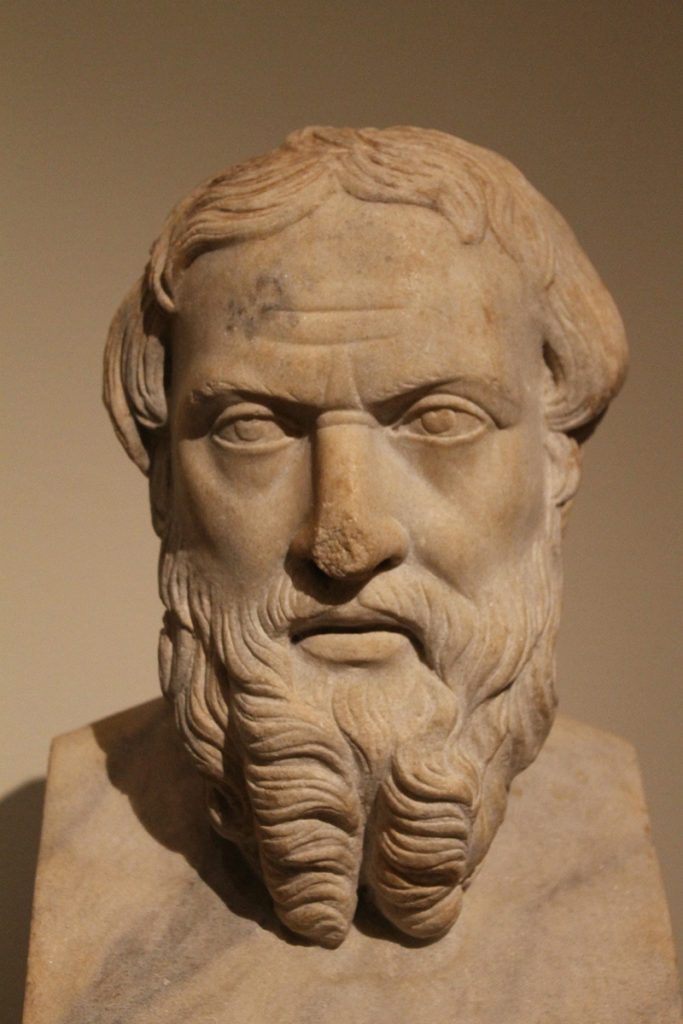
On my last day in New York City I decided to first spend some time away from the tourist crowds and went to a small and charming flea market in Brooklyn. After I had spent some dollars, I went one last time to Manhattan via the Brooklyn Bridge from where one can see at a distance the Statue of Liberty on Liberty Island. I went back to the area of the Metropolitan Museum and visited the exquisite Frick Collection, got some food in Chinatown and looked for second hand books in the Strand Bookstore. After two days and approximately 20 hours on my feet I was glad to finally get some rest and have a good sleep. On Sunday morning, 26 November, I worked some hours in a bustling café in Williamsburg and, then, the time was already ripe to get to my final station Philadelphia.
Philadelphia, Pennsylvania – Two cuneiform collections in one metropolis
Once I had arrived in Philadelphia on Sunday afternoon, I used the remaining hours before sunset to visit the city’s Old Town. One of the historically most important buildings there is the Independence Hall in which America’s independence from Great Britain was ratified in 1776. Furthermore, one can wonder at the Liberty Bell, which was rung the first time on the occasion of the public reading of the Independence Declaration on 8 July 1776.
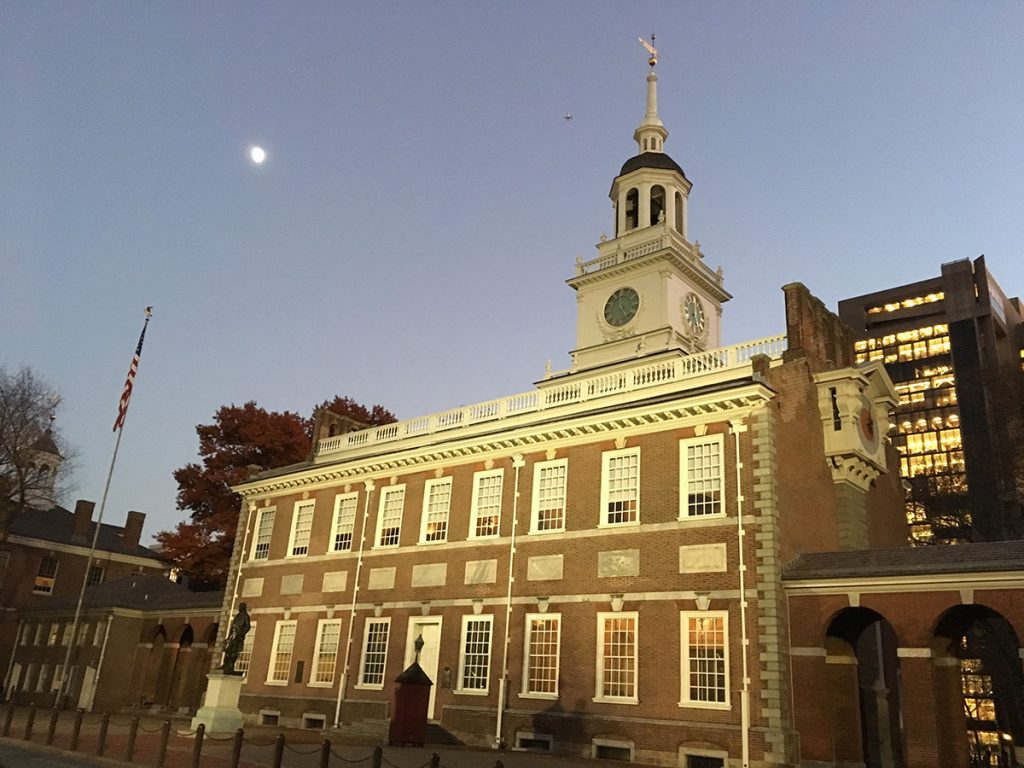
Monday and Tuesday of the following week, 27–28 November, I worked in the Rare Book Department of the Free Library of Philadelphia. The Rare Book Department houses amongst other marvellous things the European and Oriental manuscripts collection as well as a collection of about 2,800 cuneiform tablets. Both collections were a gift of the lawyer and collector Mr. John Frederick Lewis and his widow Mrs. Anne Baker Lewis. While the majority of the cuneiform tablets dates to the Ur III period, I was again looking at archival documents from 1st millennium Sippar. The staff of the library department was extremely friendly and helpful and to my relief they never complained about my continuous requests for handing me over another of the precious clay tablets.
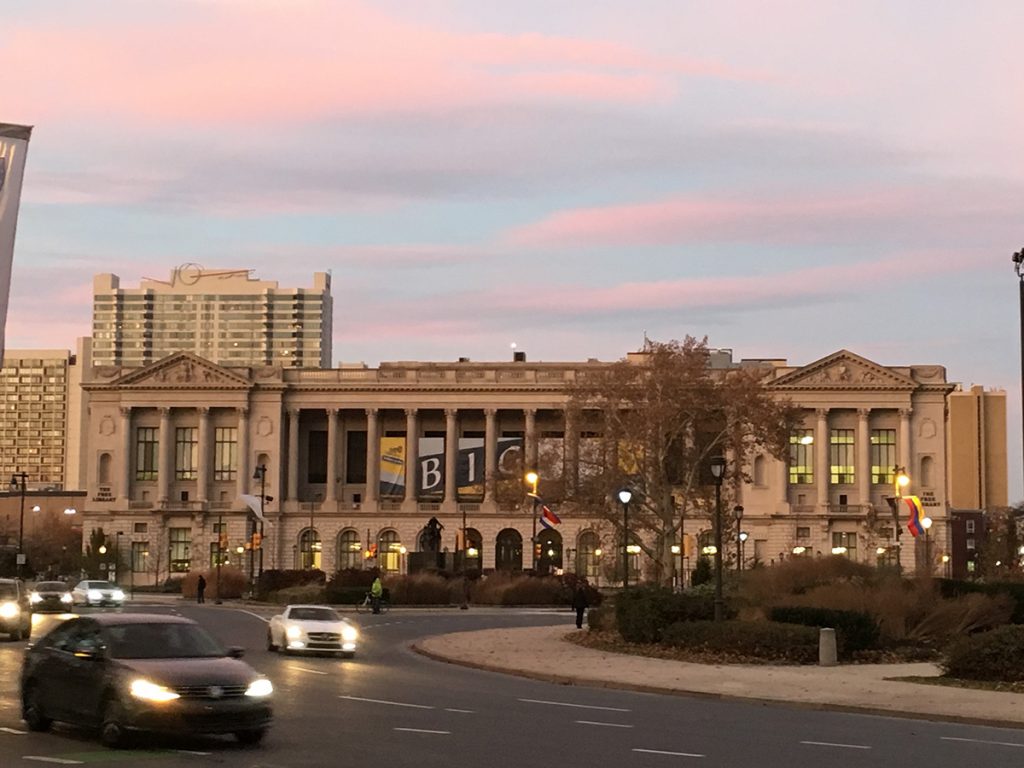
On Wednesday, for a change, I went to the other side of the metropolis and spend my day looking at and taking pictures of cuneiform tablets housed by the Babylonian Section of the Penn Museum. Its associate curators Grant Frame and Philip Jones made it possible that I could set eye on a number of tablets on a rather short notice. It was a great experience to sit and work in an office, which accommodates almost 30,000 tablets, and to have a “gezellige” lunch in the museum’s Pepper Mill Café. On Thursday morning I spent my last hours in Philadelphia again at the Rare Book Department before I had to say goodbye and make my way to the airport. Fortunately I arrived in Leiden on time and was able to attend the inaugural lecture of our project leader Caroline Waerzeggers. I admit, I was bit jetlagged but the prospect of the future of Assyriology, as it was set out by the new Professor of Assyriology, kept my eyes wide open.
